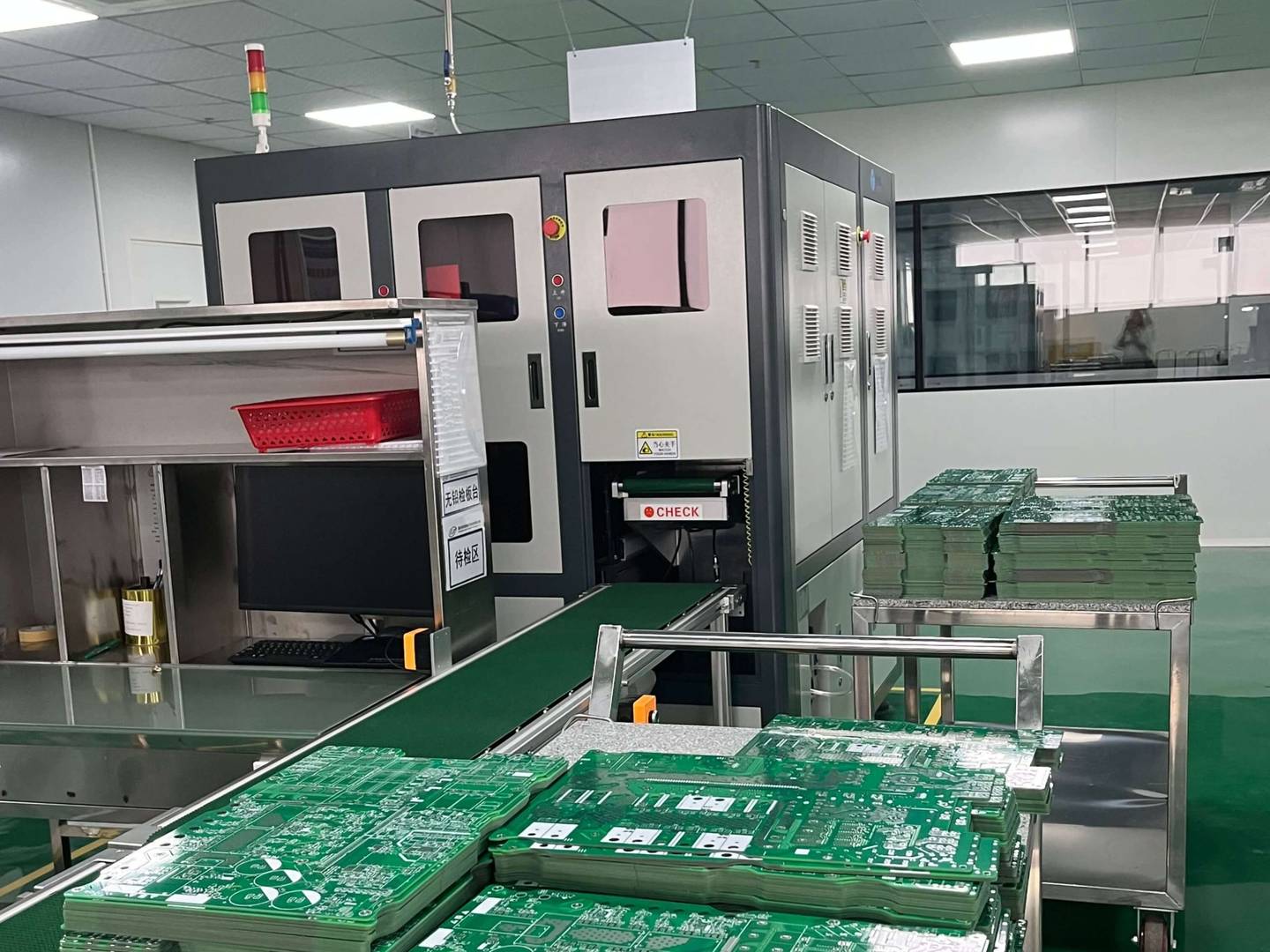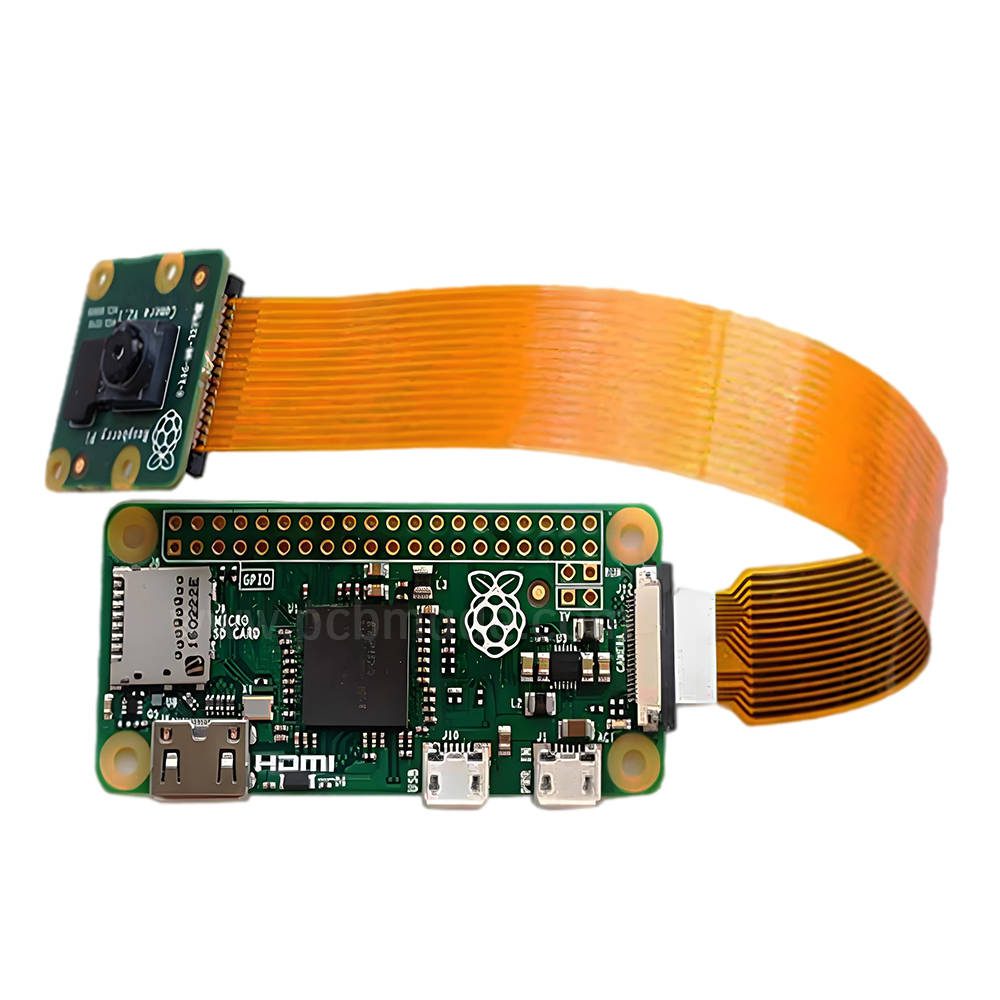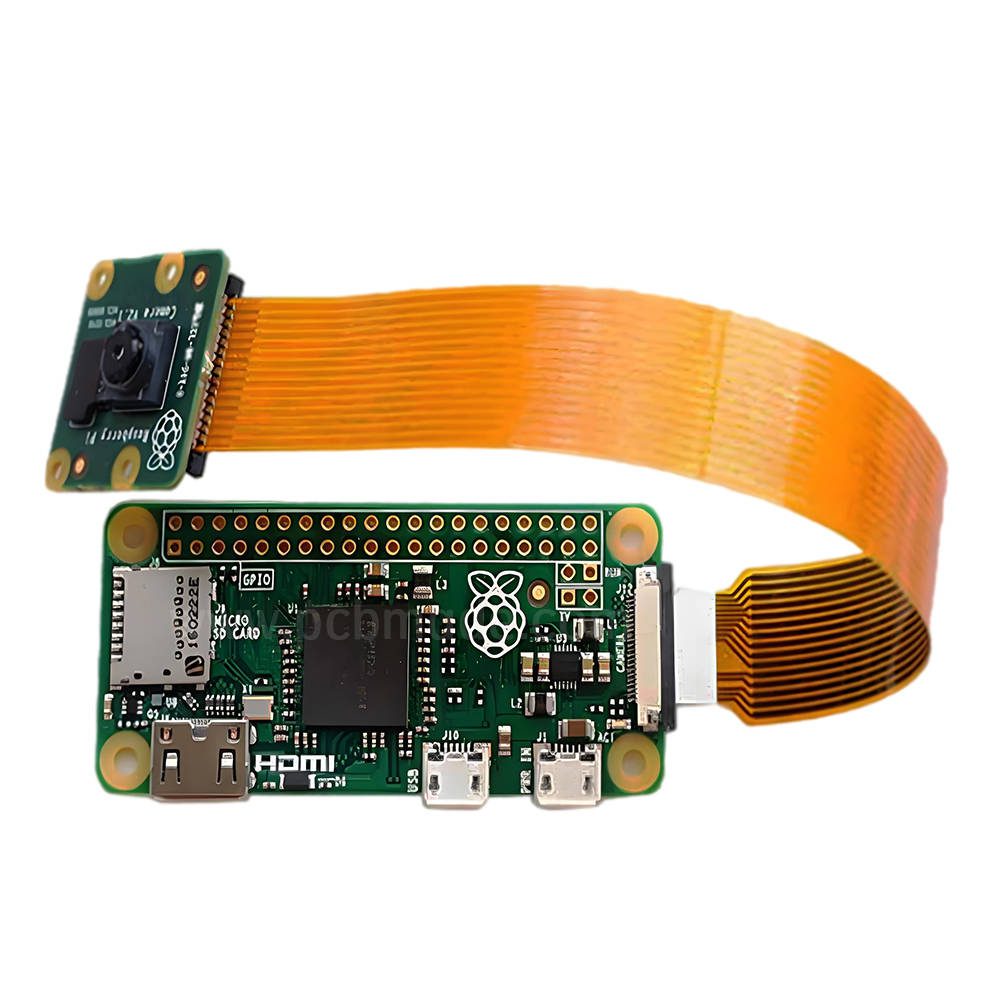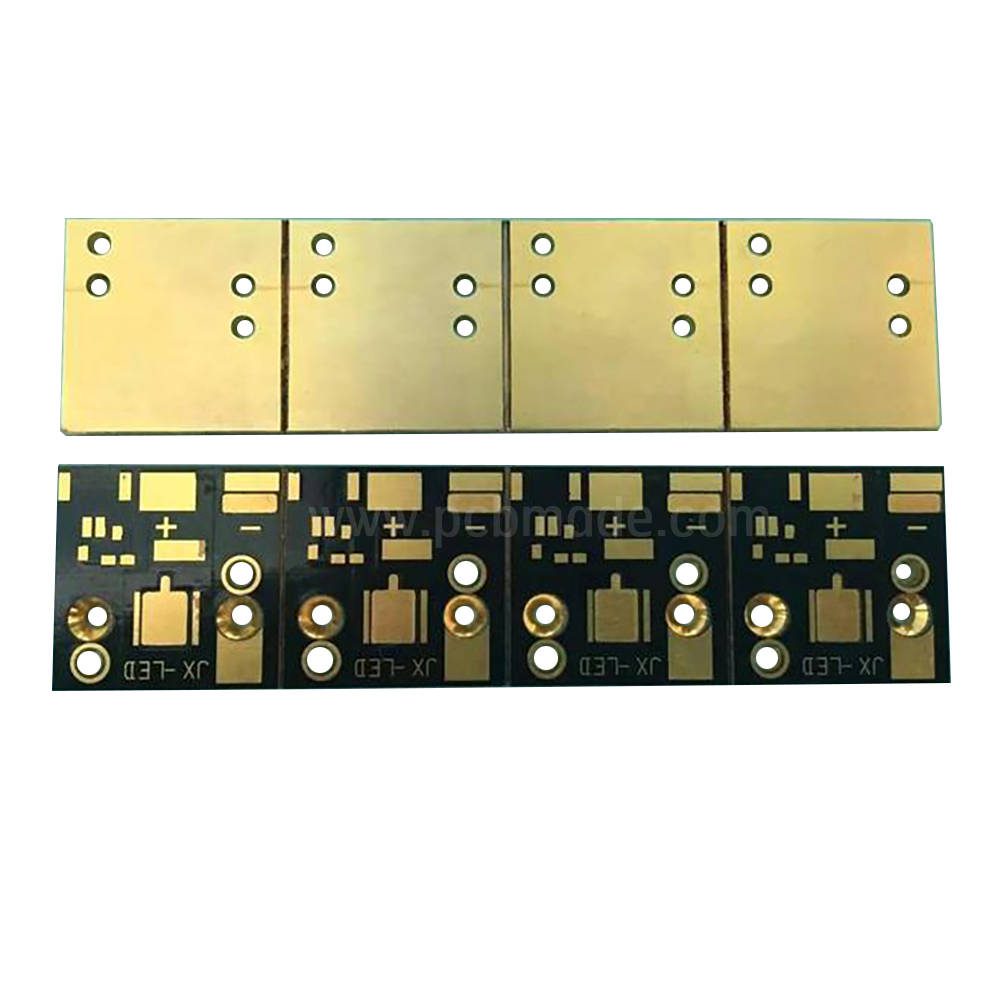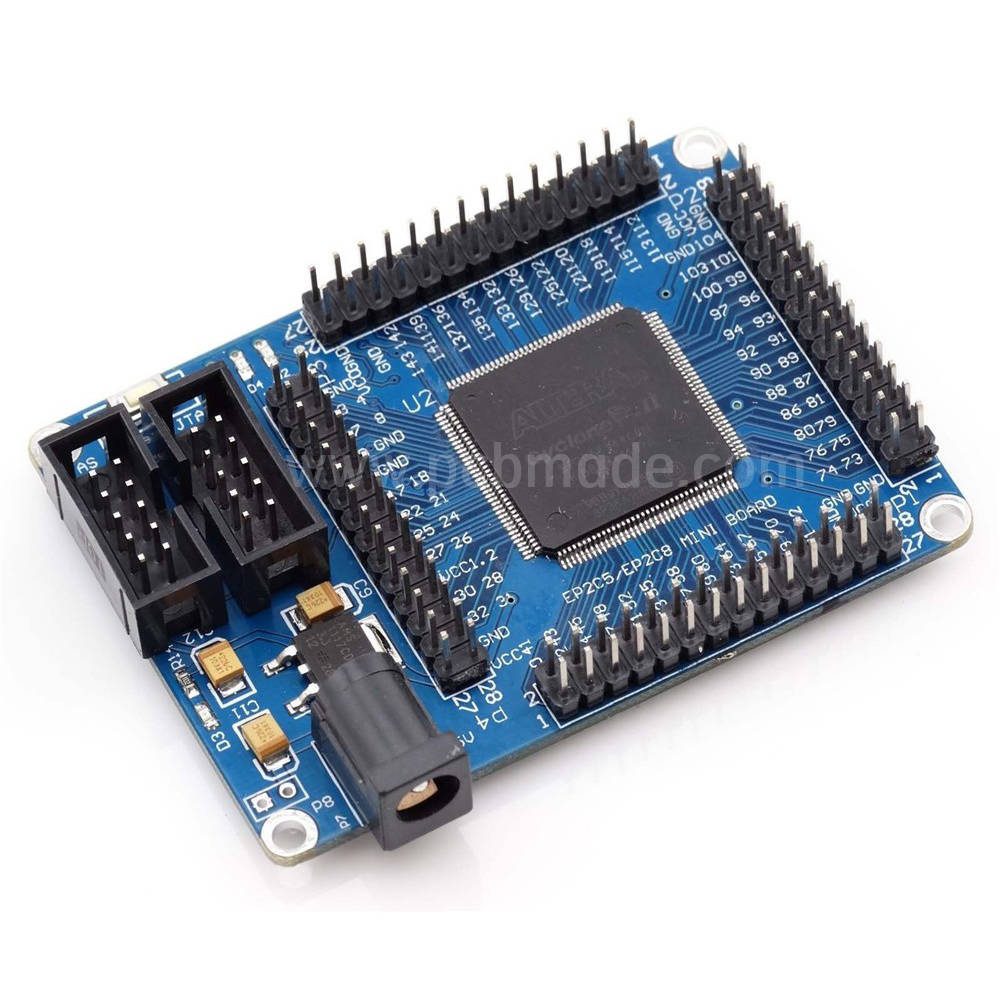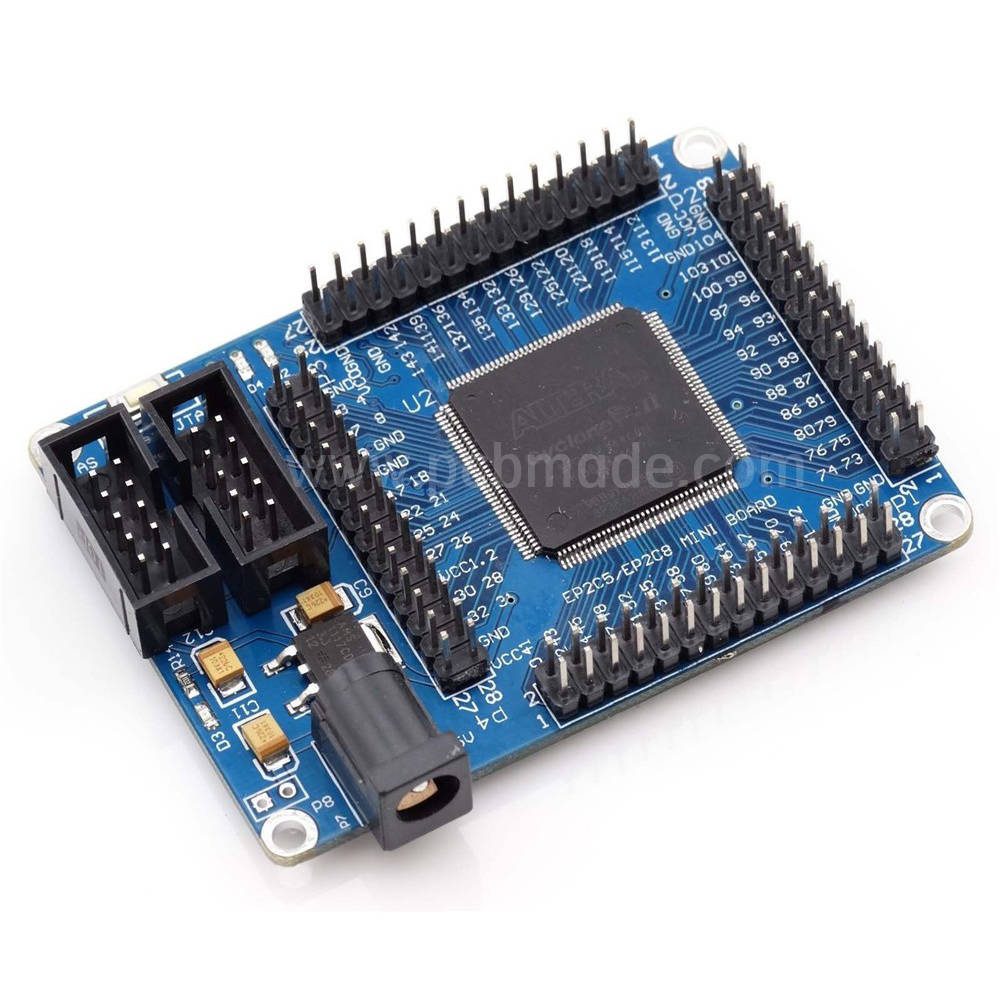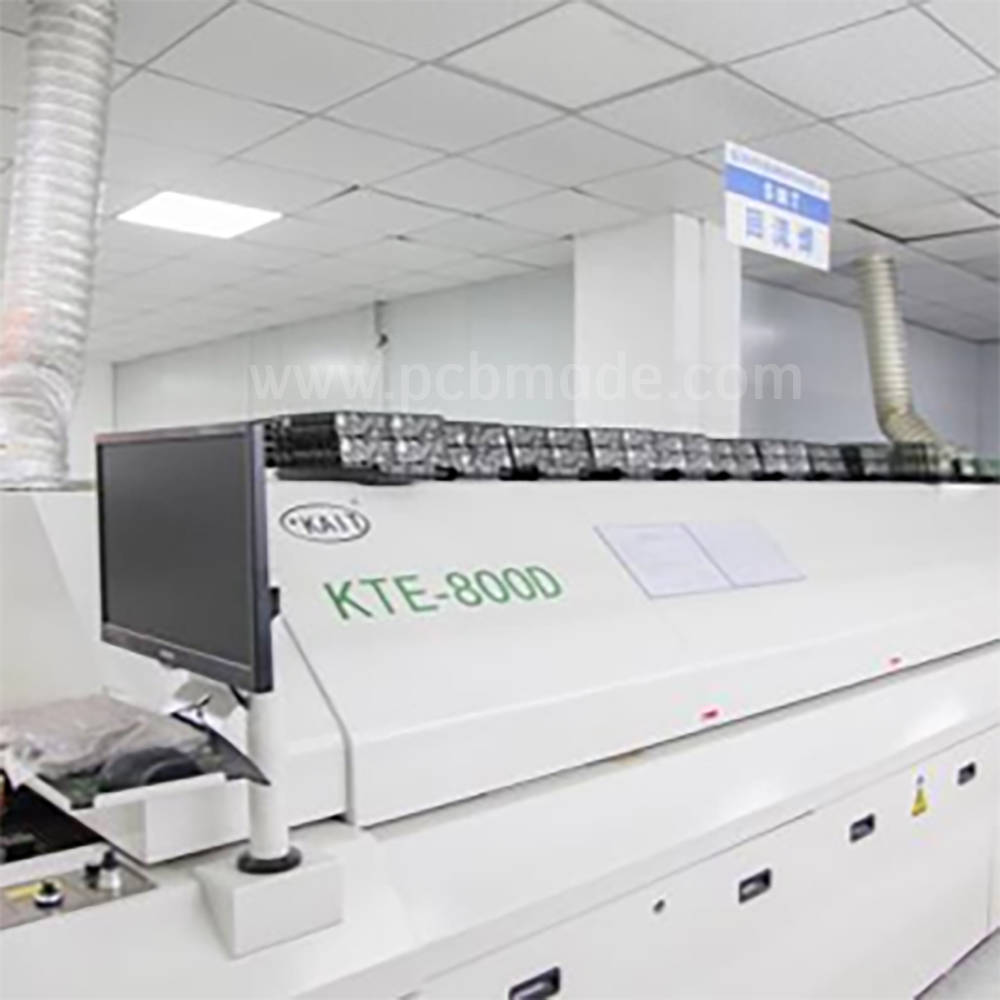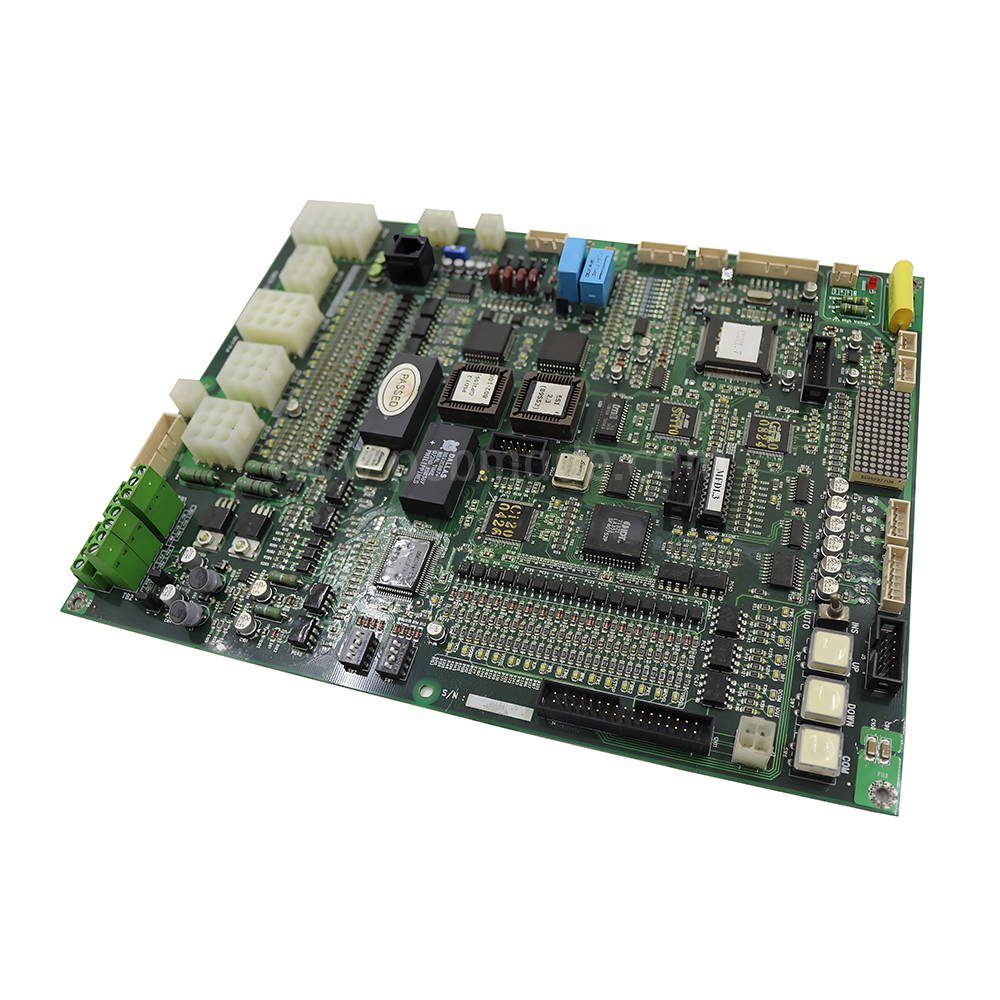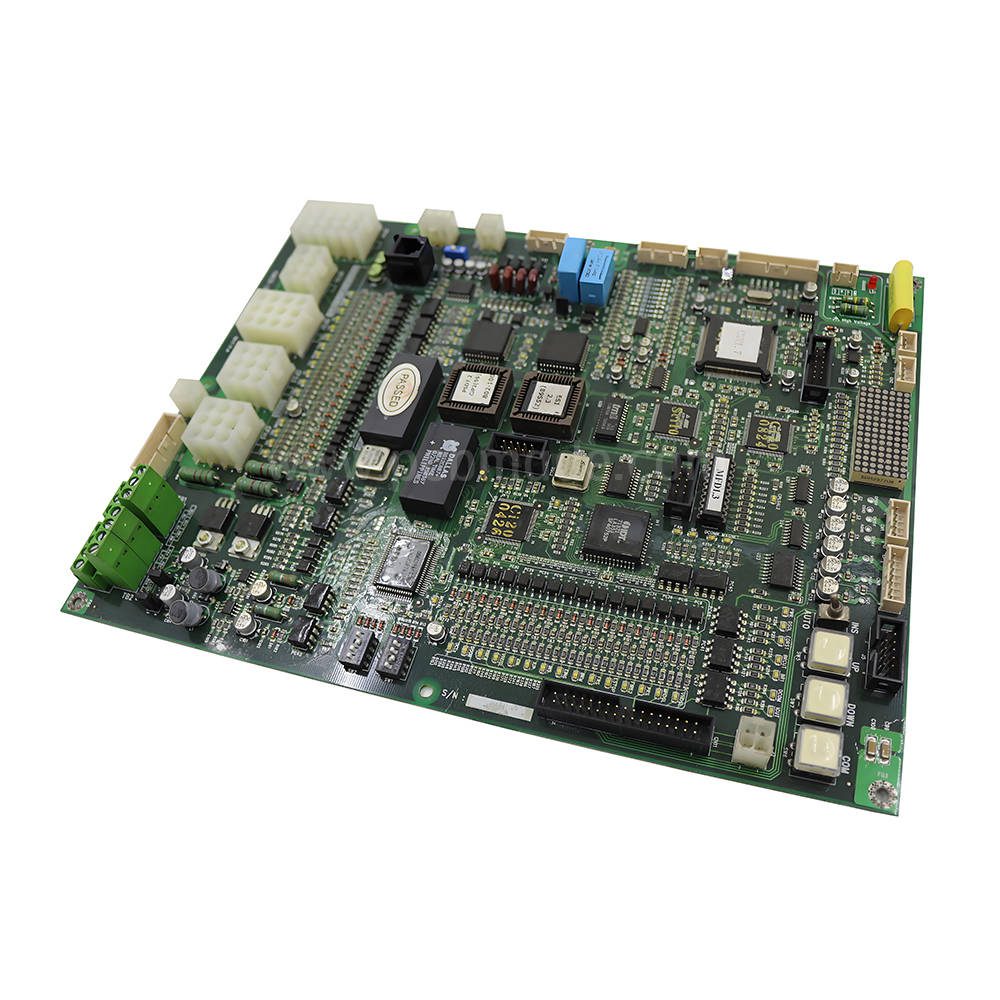An Elevator Control Board PCBA is a mission-critical printed circuit board assembly designed to ensure safe, efficient, and reliable operation of vertical transportation systems. It integrates industrial-grade ARM/RISC-V processors and ISO 13849 PLd-certified safety logic to meet stringent global standards like EN 81-20/50 and SIL 2. Key features include dual-core redundancy, CAN Bus/Ethernet connectivity for real-time communication with building management systems, and analog/digital I/O ports to interface with load cells, encoders, and infrared sensors. Built on high-Tg FR4 or aluminum substrates, it withstands extreme temperatures (-40°C to +85°C), vibrations, and humidity in elevator machine rooms. Compliant with CE, UL, and EMC/EMI regulations, this PCBA enables predictive maintenance, emergency power backup, and IoT-enabled remote diagnostics for smart buildings. Applications span high-rise passenger elevators, hospital lifts, and heavy-duty freight systems, prioritizing safety and uptime.


